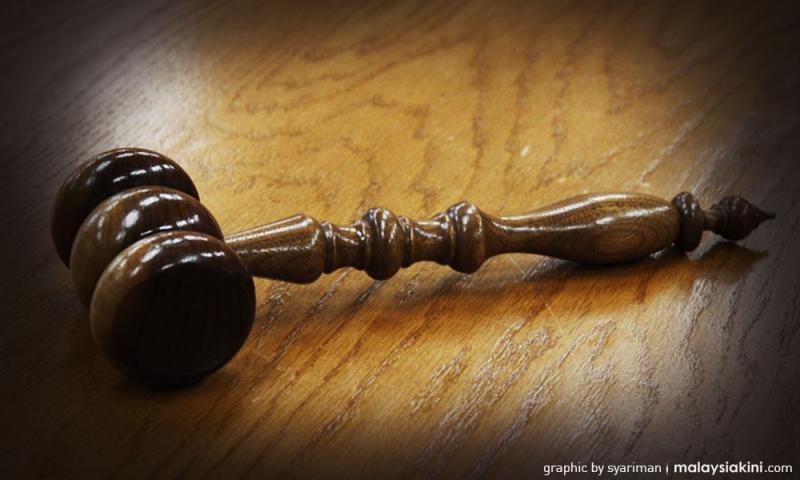LETTER | To recuse a judge, there must be real danger of bias
LETTER | What is the test to recuse a judge?
The test in Malaysia is the 'real danger of bias' test.
This is the test applied by the Federal Court in Majlis Perbandaran Pulau Pinang v Syarikat Bekerjasama-sama Serbaguna Sungai Gelugor dengan Tanggungan [1999] and Mohamed Ezam bin Mohd Nor v Ketua Polis Negara [2002].
In the Majlis Perbandaran Pulau Pinang's case, the apex court discussed the law at great length, referring to numerous authorities in England.
A panel of three judges unanimously ruled that the ‘real danger of bias’ test formulated by the House of Lords – the apex court in England, now named the Supreme Court – in the case of R v Gough [1993] was to be preferred.
A single judge, Federal Court judge (FCJ) Edgar Joseph Jr, delivered the judgment.
Then came the case of Mohamed Ezam which was before a panel of five judges.
The court was urged to adopt the ‘reasonable apprehension or suspicion’ test which the apex court of Australia, the High Court, in Webb v The Queen [1994] ruled by a majority as the appropriate test in Australia.
It is the “reasonable apprehension or suspicion on the part of a fair minded and informed member of the public” that the juror (the judge here in Malaysia) will not discharge his task impartially.
The majority decision rejected the ‘real danger of bias’ test.
The Australian apex court said it had consistently adhered to the ‘reasonable apprehension or suspicion’ test and there was strong reason why it should continue to prefer the reasoning in their cases to that of the House of Lords in R v Gough.
It notes the New Zealand courts too applied the reasonable apprehension or suspicion test.
The Federal Court, however, was not to be persuaded. Delivering the unanimous decision of the Court, Chief Justice Mohamed Dzaidin said:
“In Malaysia, this court in Majlis Perbandaran Pulau Pinang v Syarikat Bekerjasama-sama Serbaguna Sungai Gelugor dengan Tanggungan followed the ‘real danger of bias’ test in R v Gough ….
Considering the authorities cited and their reasonings, we would follow R v Gough which is that the test to be applied is the ‘real danger of bias’ test.”
It must be noted that R v Gough was not accepted in Australia and New Zealand but also in South Africa, Scotland and the European Court of Human Rights, which continued to apply the reasonable apprehension or suspicion tests.
That did not persuade the Federal Court in Dato' Tan Heng Chew v Tan Kim Hor [2006] which saw “no reason why the test should be changed or modified” in Malaysia.
The real danger of bias test was formulated in R v Gough as follows:
"Having ascertained the relevant circumstances, the court should ask itself whether, having regard to those circumstances, there was a real danger of bias on the part of the relevant member of the tribunal in question, in the sense that he might unfairly regard (or have unfairly regarded) with favour, or disfavour, the case of a party to the issue under consideration."
While an inference of apparent bias is not to be lightly drawn, such a claim is not lightly made. There may be cases in which evidence of bias or apparent bias is so clear that an application for the recusal of a judge is justified.
But such an application is never justified simply by the client's instructions.
Counsel’s duty to the court and the broader interests of justice requires that he not lend himself to making such an application unless he is conscientiously satisfied that there is the material upon which he can adequately do so. (See Singapore’s Court of Appeal case of Tang Liang Hong v Lee Kuan Yew & Anor and other appeals [1998])
As for the court, it should be vigilant not to allow parties to do ‘judge-shopping’ by the recusal of judges. (See the judgment of Federal Court Judge Abdul Hamid Mohamad in Dato' Tan Heng Chew’s case).
The views expressed here are those of the author/contributor and do not necessarily represent the views of Malaysiakini.
RM12.50 / month
- Unlimited access to award-winning journalism
- Comment and share your opinions on all our articles
- Gift interesting stories to your friends
- Tax deductable
